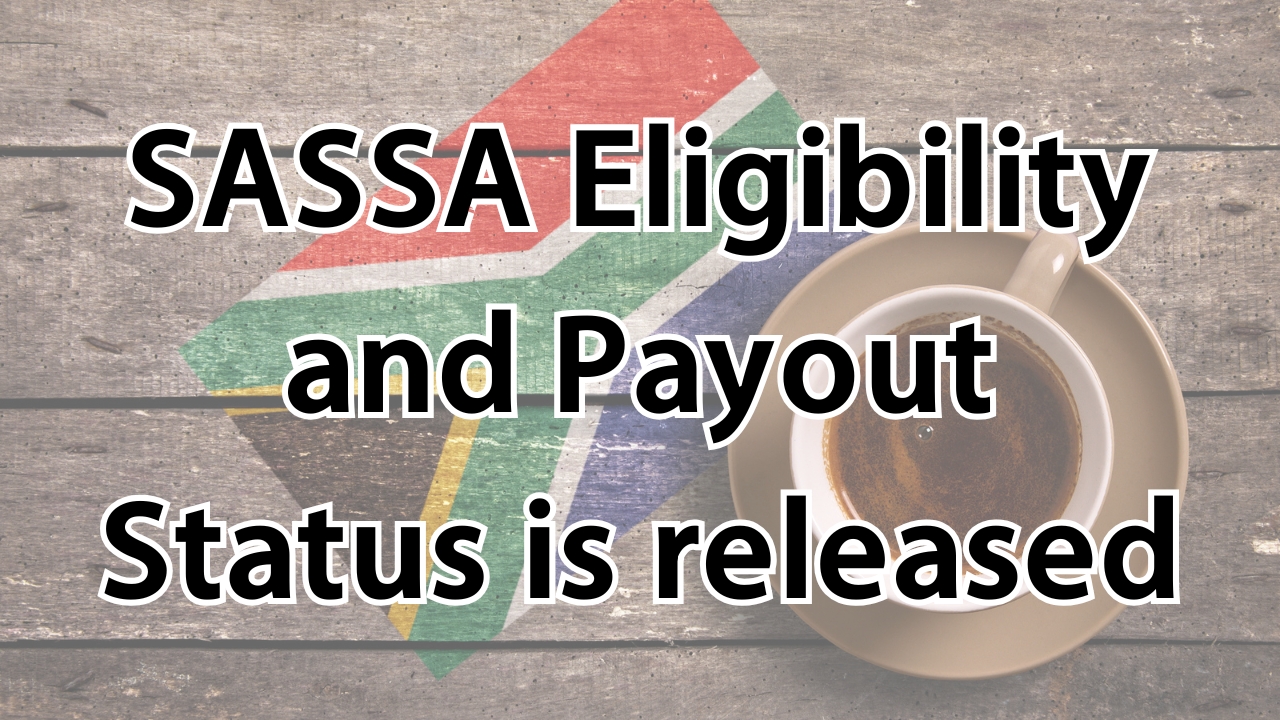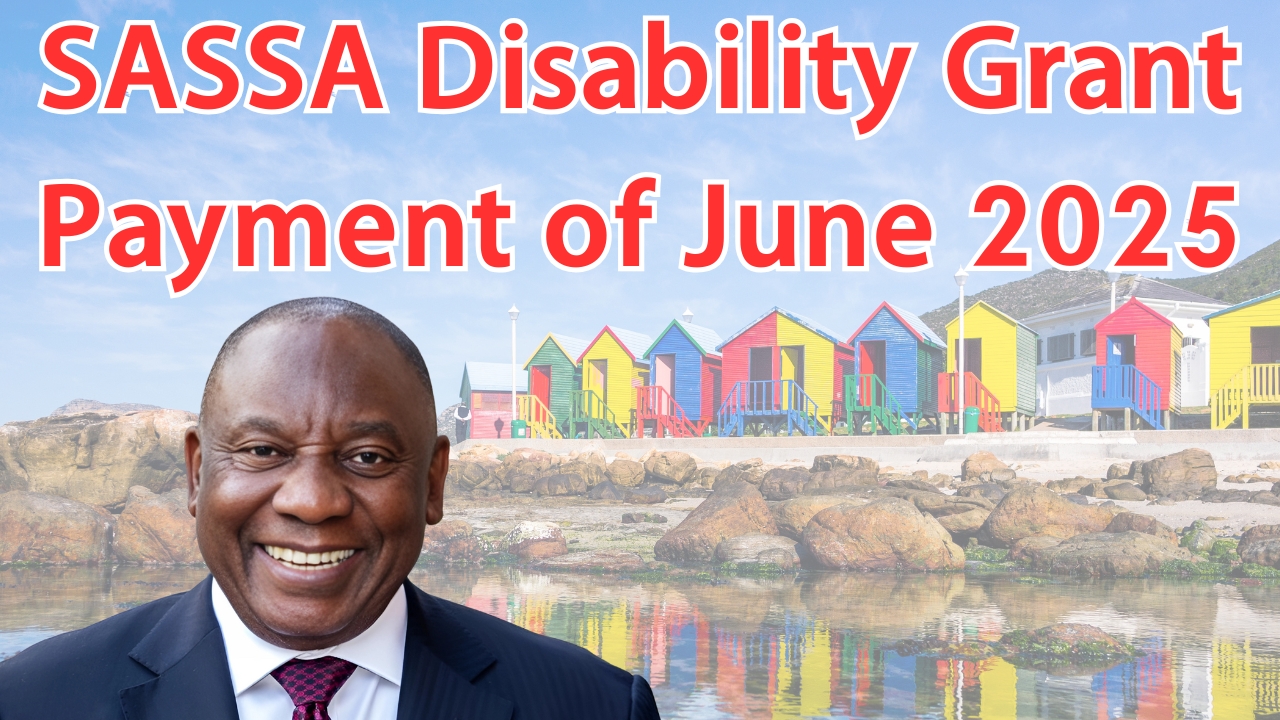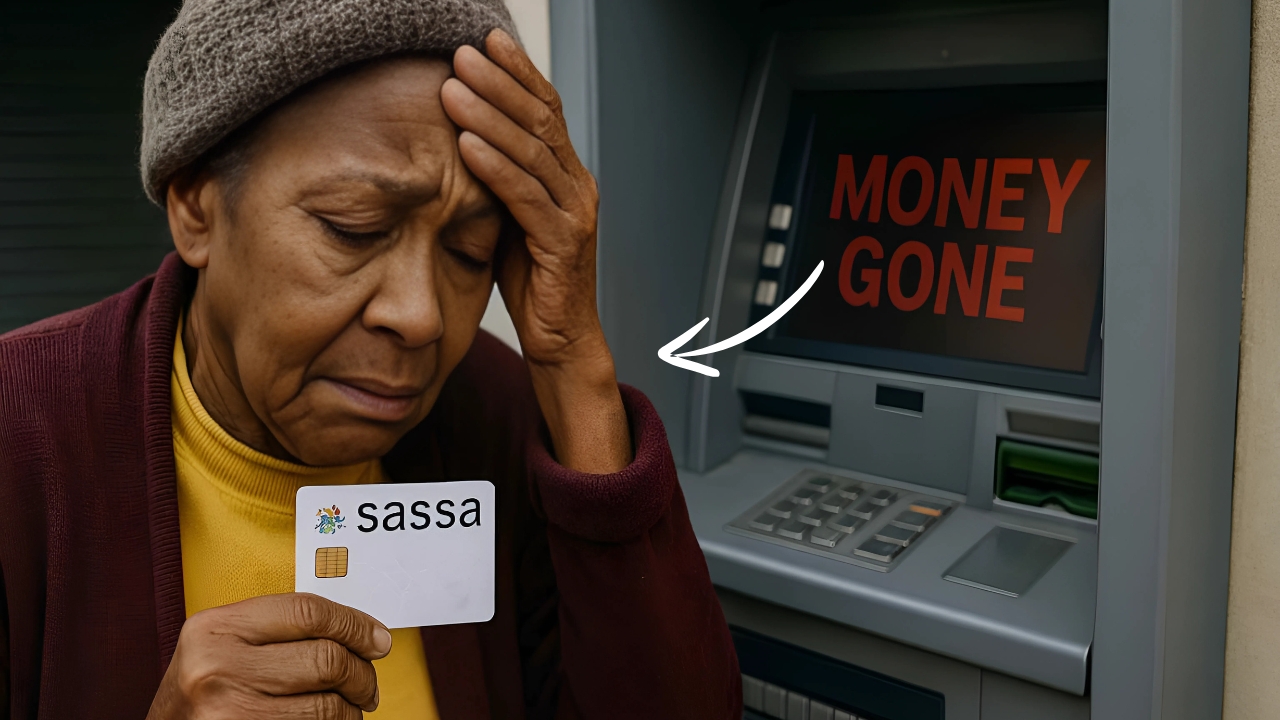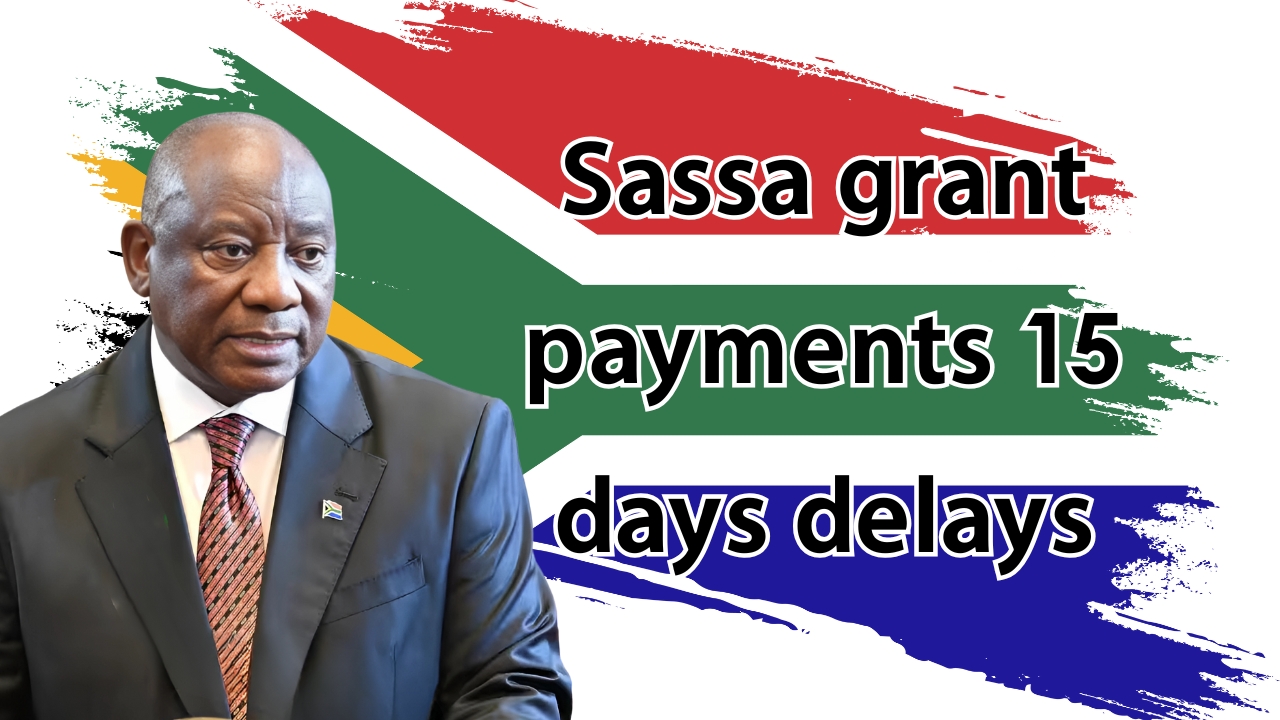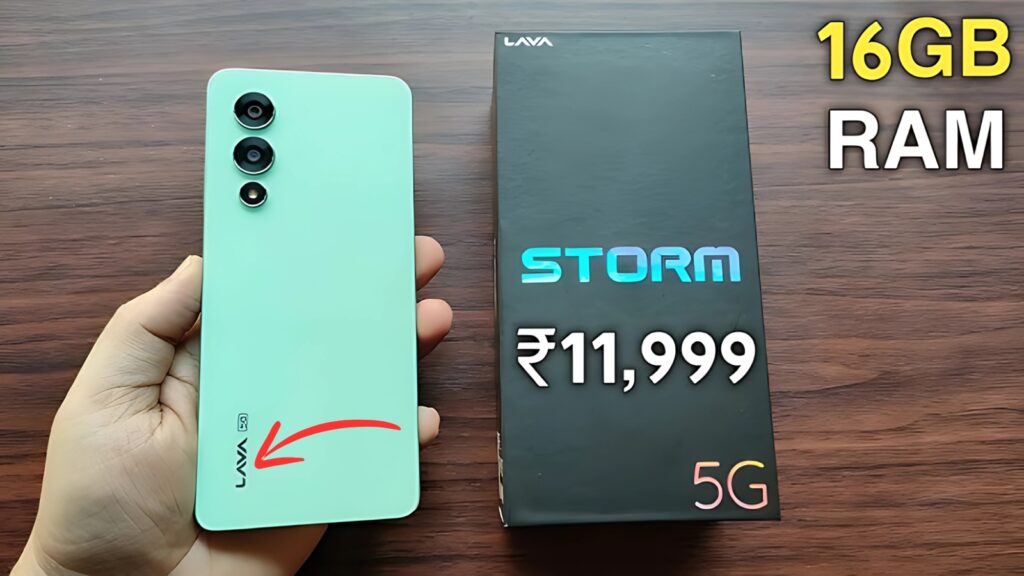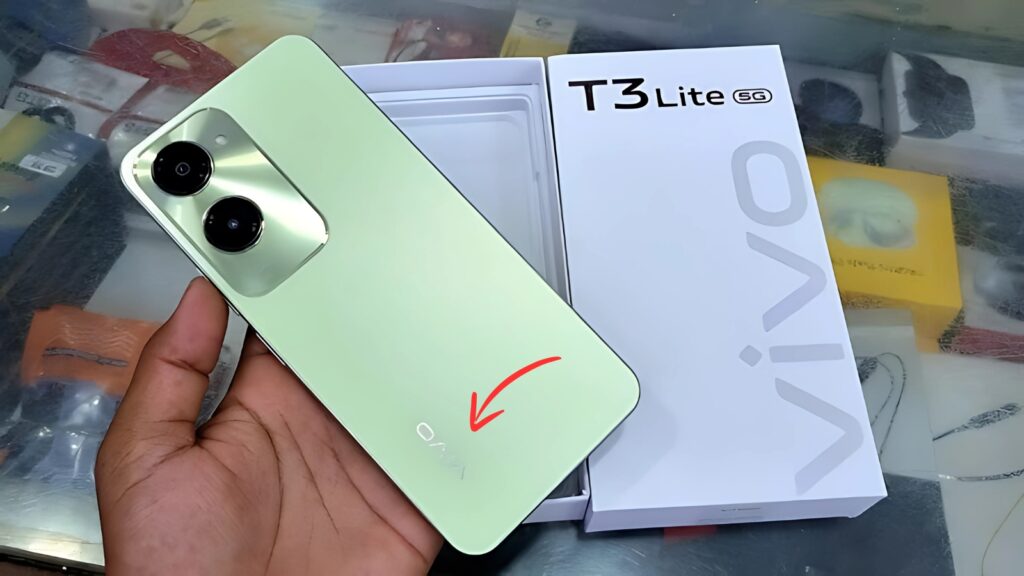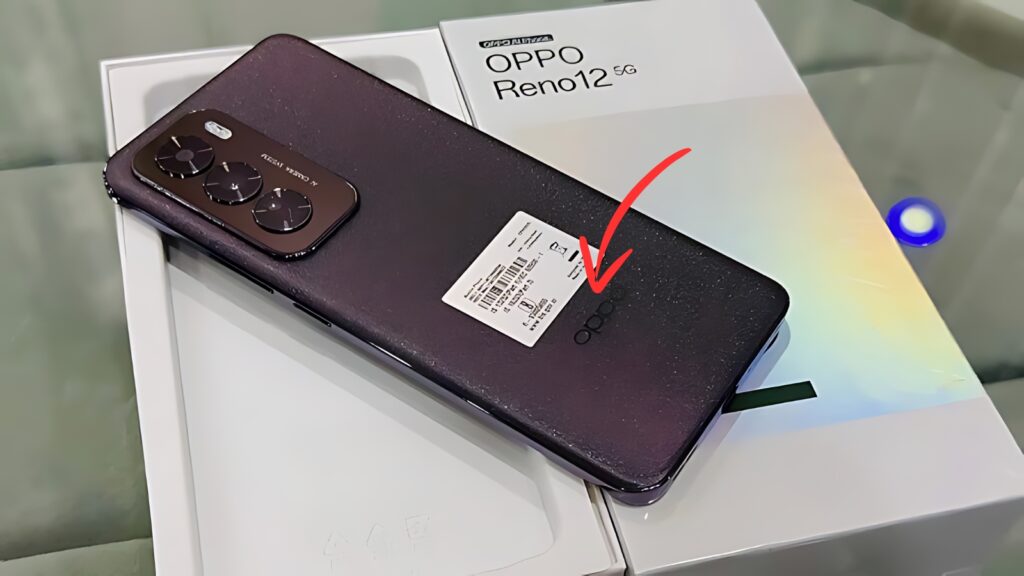Social Security : Millions of Social Security recipients may qualify for an additional $967 payment beyond their regular monthly benefits, creating significant financial opportunities for those meeting specific criteria.
This supplemental payment targets beneficiaries facing particular economic hardships, offering meaningful relief during periods of elevated living costs and inflation pressures nationwide.
Understanding your eligibility status requires examining multiple factors including current benefit types, income levels, and household circumstances that determine qualification for this assistance.
The Social Security Administration has streamlined the verification process, making it easier than ever to check your eligibility and claim this additional financial support.
Quick Eligibility Check Criteria
Your current Social Security benefit type serves as the primary factor determining eligibility, with certain categories automatically qualifying for consideration of this supplemental payment.
Retirement beneficiaries receiving monthly payments below $1,800 often qualify, particularly those who claimed benefits early and receive reduced amounts due to age penalties.
Disability benefit recipients through SSDI programs frequently meet eligibility requirements, especially when their work credits resulted in lower benefit calculations than average.
Survivor benefit recipients, including widows, widowers, and dependent children, may qualify based on the deceased worker’s earnings record and current household income.
Supplemental Security Income (SSI) recipients already demonstrating financial need typically qualify automatically, though the payment amount may vary based on other income sources.
Medicare Extra Help participants often meet eligibility criteria since their enrollment already confirms limited income and resources meeting federal poverty guidelines.
Income Threshold Requirements
Individual beneficiaries must demonstrate total monthly income below $2,450 from all sources to qualify for the full $967 supplemental payment amount.
Married couples face combined income limits of $3,250 monthly, recognizing shared household expenses while ensuring assistance reaches those genuinely needing support.
Income calculations include Social Security benefits, pensions, investment returns, part-time earnings, and most other revenue sources affecting your financial situation.
Certain income exclusions apply, including SNAP benefits, housing assistance, energy assistance programs, and specific veterans’ benefits addressing service-connected needs.
Recent income changes receive consideration, allowing beneficiaries experiencing job loss or reduced hours to qualify despite previous earnings exceeding limits.
Cost-of-living adjustments (COLA) to Social Security benefits don’t disqualify recipients if their base benefit amount fell within eligibility guidelines before increases.
Asset and Resource Limits
Beyond income requirements, eligibility depends on meeting asset limits preventing wealthy individuals with low monthly income from accessing need-based assistance programs.
Individual applicants cannot exceed $9,000 in countable resources, while married couples face a $14,000 limit for combined countable assets.
Primary residences remain excluded from asset calculations regardless of value, recognizing that homes represent basic shelter needs rather than liquid wealth.
One vehicle per household receives exclusion from asset counts, understanding transportation remains essential for medical appointments, grocery shopping, and maintaining independence.
Burial funds up to $1,500 per person don’t count toward asset limits, allowing beneficiaries to maintain dignity preparations without jeopardizing assistance eligibility.
Retirement accounts face special considerations with age-based allowances, permitting higher balances for older beneficiaries with limited time to utilize savings.
How to Check Your Status
The fastest eligibility verification method involves accessing your My Social Security account online, where personalized benefit information appears after secure login.
Creating an account requires basic information including Social Security number, email address, and identity verification through personal history questions.
Once logged in, navigate to the “Benefits & Payments” section where any supplemental payment eligibility displays prominently with estimated payment amounts.
Alternative verification methods include calling Social Security’s toll-free number, though extended wait times make online checking significantly more efficient.
Local Social Security offices provide in-person assistance for those lacking internet access or needing help understanding their eligibility status and options.
Third-party websites claiming to check eligibility often charge unnecessary fees or collect personal information for marketing purposes rather than providing genuine assistance.
Application Process Overview
Eligible beneficiaries receiving automatic qualification notifications don’t need to apply, as payments process automatically using existing benefit distribution methods and information.
Those requiring applications can complete the process online through the secure Social Security portal, typically finishing within 15-20 minutes with prepared documentation.
Required information includes current income verification, household composition details, and resource documentation proving assets fall within program limits for eligibility.
Supporting documents upload directly through the secure portal, eliminating mailing delays while maintaining encryption protection for sensitive personal and financial information.
Application processing typically completes within 30 days, with straightforward cases often receiving decisions sooner through automated verification systems checking provided information.
Status updates arrive via email or mail based on communication preferences established in your Social Security account, keeping you informed throughout the process.
Payment Distribution Details
Approved payments distribute using existing benefit delivery methods, meaning direct deposit recipients receive funds in the same account as regular benefits.
Payment timing aligns with regular benefit schedules based on birth dates, ensuring predictable delivery without disrupting established monthly financial planning routines.
Direct Express card users receive supplemental payments loaded onto existing cards, accessible through ATMs and point-of-sale terminals nationwide without additional fees.
Paper check recipients should expect slightly longer delivery times due to mail processing, though payments generate simultaneously with electronic distributions.
One-time payments don’t affect future regular benefit amounts, providing temporary assistance without creating ongoing eligibility complications or benefit recalculations.
Common Disqualifying Factors
Exceeding income thresholds remains the primary disqualification reason, particularly for beneficiaries with substantial pension income supplementing Social Security benefits.
Asset accumulations through inheritance, legal settlements, or property sales can push beneficiaries over resource limits, requiring careful financial planning considerations.
Household composition changes affecting eligibility include marriage, divorce, or adult children moving in or out, altering income and resource calculations.
Failure to report required changes timely can result in overpayments requiring repayment, making honest reporting essential despite potential eligibility impacts.
Work activity while receiving disability benefits requires careful monitoring to avoid exceeding substantial gainful activity limits disqualifying recipients from programs.
Social Security Taking Action Today
Checking eligibility immediately ensures you don’t miss potential benefits, as retroactive payments typically aren’t available for delayed applications or verifications.
Gathering necessary documentation before starting applications streamlines the process, reducing delays and ensuring accurate eligibility determinations based on complete information.


